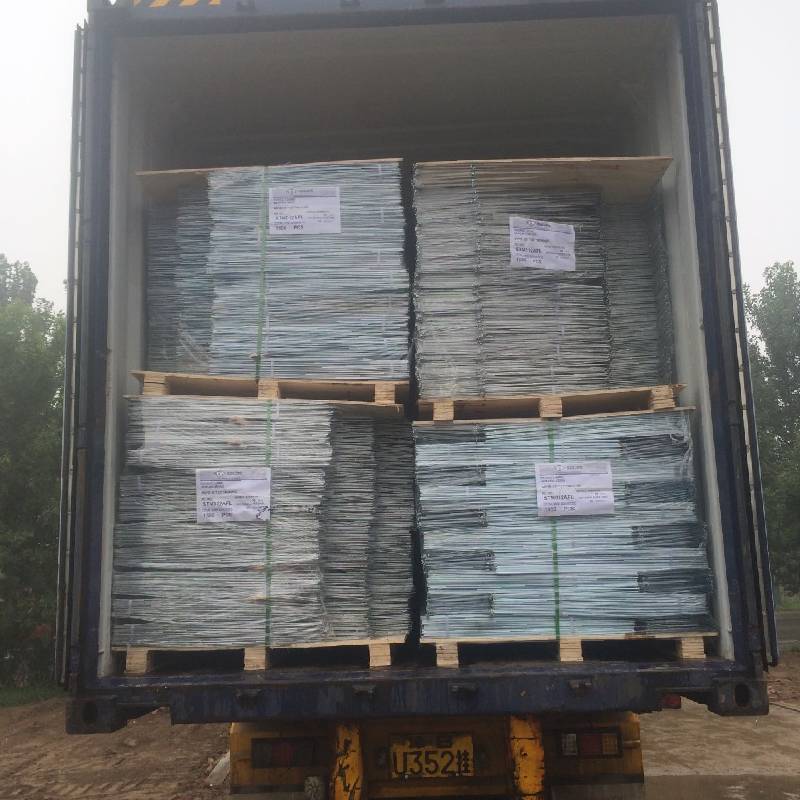
- Mobile Phone
- +8613931874955
- sales@cntcmetal.com
wall reinforcement mesh
Wall Reinforcement Mesh Enhancing Structural Integrity
In the realm of construction and civil engineering, the need for durable, robust, and reliable structures is paramount. One of the innovative solutions that has gained significant traction in recent years is the use of wall reinforcement mesh. This material plays a crucial role in ensuring that walls and other structural components withstand various stresses and strains, ultimately contributing to the longevity and safety of buildings.
What is Wall Reinforcement Mesh?
Wall reinforcement mesh is a type of wire mesh, typically made from steel or other durable materials, designed to be embedded within walls. It serves multiple purposes, including enhancing the tensile strength of concrete, preventing cracking, and improving overall stability. The mesh is usually fabricated in sheets or rolls and comes in various sizes and shapes to accommodate different construction needs.
The Importance of Reinforcement
Concrete, despite being a strong compressive material, is relatively weak under tension. When subjected to various forces, walls can experience cracking, warping, or even complete structural failure. This can result from factors such as temperature changes, moisture fluctuations, or the weight of the structure itself. Reinforcement mesh helps to mitigate these risks by distributing stresses more evenly throughout the material.
One significant advantage of using wall reinforcement mesh is its ability to improve the ductility of concrete walls. Ductility refers to a material's capacity to deform without breaking. By incorporating mesh into the wall's concrete mix, the structure can absorb impacts and flex without succumbing to catastrophic failure. This is particularly beneficial in areas prone to natural disasters, such as earthquakes or high winds.
Types of Wall Reinforcement Mesh
There are various types of wall reinforcement mesh available, each suited for specific applications. Some common types include
1. Welded Wire Mesh This type consists of cross-wires welded together at specific intervals, providing a uniform grid. It’s commonly used for slabs and walls and is known for its strength.
wall reinforcement mesh

2. Bar Grating Made from parallel bars with a spacing gap, bar grating is another form of reinforcement that allows for drainage while still providing structural support.
3. Expanded Metal Mesh Created by slitting and stretching a metal sheet, expanded metal mesh provides an increased surface area for bonding with concrete, enhancing its strength.
4. Fiberglass Reinforcement For specialized applications and environments, fiberglass mesh offers resistance to corrosion, making it an excellent choice for areas exposed to chemicals or moisture.
Installation and Use
The installation of wall reinforcement mesh is typically straightforward, but it does require the expertise of skilled labor. The mesh is laid in position before pouring concrete, ensuring that it is properly embedded to fulfill its reinforcing role. It is critical to ensure that the mesh is appropriately placed within the concrete to achieve maximum strength and effectiveness.
Benefits and Applications
The benefits of using wall reinforcement mesh extend beyond mere structural integrity. It also contributes to cost-effectiveness by reducing the need for frequent repairs and maintenance. Projects involving residential, commercial, and industrial buildings, as well as infrastructure such as bridges and tunnels, often utilize reinforcement mesh to enhance performance.
Furthermore, as sustainable construction practices gain prominence, the use of materials like wall reinforcement mesh aligns with eco-friendly initiatives. By extending the lifespan of structures, less waste is produced, and the consumption of raw materials is minimized.
Conclusion
In conclusion, wall reinforcement mesh is a vital component in modern construction that significantly enhances the structural integrity of buildings. Its ability to improve tensile strength, reduce cracks, and ensure lasting durability cannot be overstated. As technology continues to advance and the construction industry evolves, the integration of wall reinforcement mesh is likely to become more prevalent, ensuring that our built environment is safer and more resilient for generations to come. Embracing such innovations not only elevates the standard of construction practices but also contributes to a more sustainable future in civil engineering.
share:
-
Why Sacrificial Formwork Is Redefining Underground ConstructionNewsJun.06,2025
-
The Structural Dynamics of Modern Concrete: How Snake Spacers Revolutionize Flexible ReinforcementNewsJun.06,2025
-
Snake Spacers Smart-Lock Concrete Reinforcement with Surgical PrecisionNewsJun.06,2025
-
Snake Spacers: Reinforcement Precision for Modern Concrete ProjectsNewsJun.06,2025
-
Snake Spacers Powering Concrete's Structural DNANewsJun.06,2025
-
Slither into Success: Snake Spacers' Precision Bite for Unbreakable ReinforcementNewsJun.06,2025
-
Sacrificial Formwork: Building Stronger, Faster, and Safer StructuresNewsJun.06,2025



















